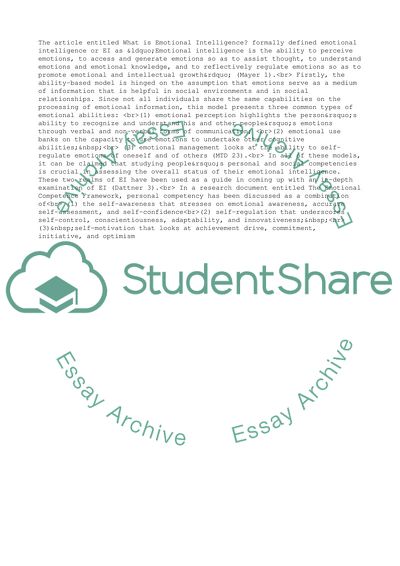Cite this document
(Bringing Emotional Intelligence to the Workplace Term Paper - 1, n.d.)
Bringing Emotional Intelligence to the Workplace Term Paper - 1. Retrieved from https://studentshare.org/business/1617339-emotional-intelligent
Bringing Emotional Intelligence to the Workplace Term Paper - 1. Retrieved from https://studentshare.org/business/1617339-emotional-intelligent
(Bringing Emotional Intelligence to the Workplace Term Paper - 1)
Bringing Emotional Intelligence to the Workplace Term Paper - 1. https://studentshare.org/business/1617339-emotional-intelligent.
Bringing Emotional Intelligence to the Workplace Term Paper - 1. https://studentshare.org/business/1617339-emotional-intelligent.
“Bringing Emotional Intelligence to the Workplace Term Paper - 1”, n.d. https://studentshare.org/business/1617339-emotional-intelligent.


